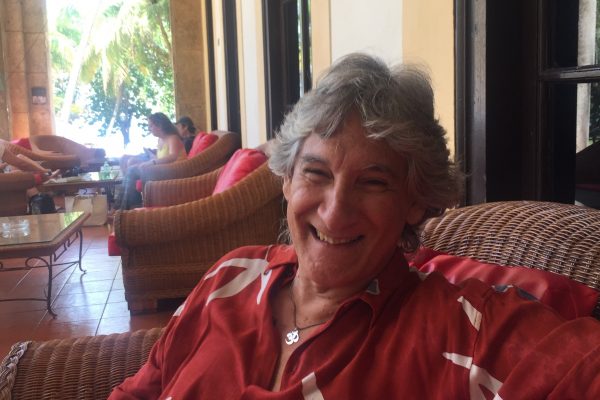Hot and Tropical Yoga
August 25, 2016Inside History
December 1, 2016In July, we sat down over coffee at the Hotel Nacional with Eduardo Pimentel, President and founder of the Cuban Yoga Association. Eduardo has dedicated many decades to supporting Cuban yoga and Cuban yoga teachers. As the commotion of change and growing tourism sweeps through the island, it felt important to get his perspective, a yogi’s perspective and a perspective at the center of Cuban yoga. His words always connect us to the heart, humor and tranquility that made us fall in love with Cuban yoga. Here is our interview:

What first brought you to yoga?
When I discovered a yoga book Hatha yoga by Swami Sivananda, I found the perfect combination for my body and mind. It was perfect because I was chess player and an a sports trainer. During my first year of practice, I felt changes in my mental pattern. This is significant considering that I had only three yoga books.
What keeps you coming back to the practice?
Practice is a simple and deep way to be with yourself.
I had my first 10 years working hard and in some way against my body and mind. Later in 1982 I began to teach and thanks to my friends, I could understand the body/mind relationship. I needed this relationship in order to help see deeper inside of my own structures.
What makes yoga in Cuba unique?
Our economical and social material condition are at this point because the American blockade had been strong. During many years Cuban yoga students could not find books and no yoga teachers came to Cuba. During this time our inner effort was unique. It is the power of tapas (austerities). All this limitation can create strong will and compassion. Another point is our character, tropical and Latin. Because of our character, our yoga has this flavor.
What challenges do Cuban yogis face?
Loss of our kindness and solidarity because a new social structure appears. Many private business have arisen and that includes yoga. Cuban yoga teachers need to be aware of that and keep in mind the best teaching of Yoga Sutra: abhyasa and vairagya = that is practice and detachment.
Where do you see Cuban yoga headed in the next 10 or 20 years?
More yoga lineages working in Cuba in favor of our people. Different ways of teaching for different needs and perspective of our students. And more Cuban yoga teachers with knowledge and compassion.
